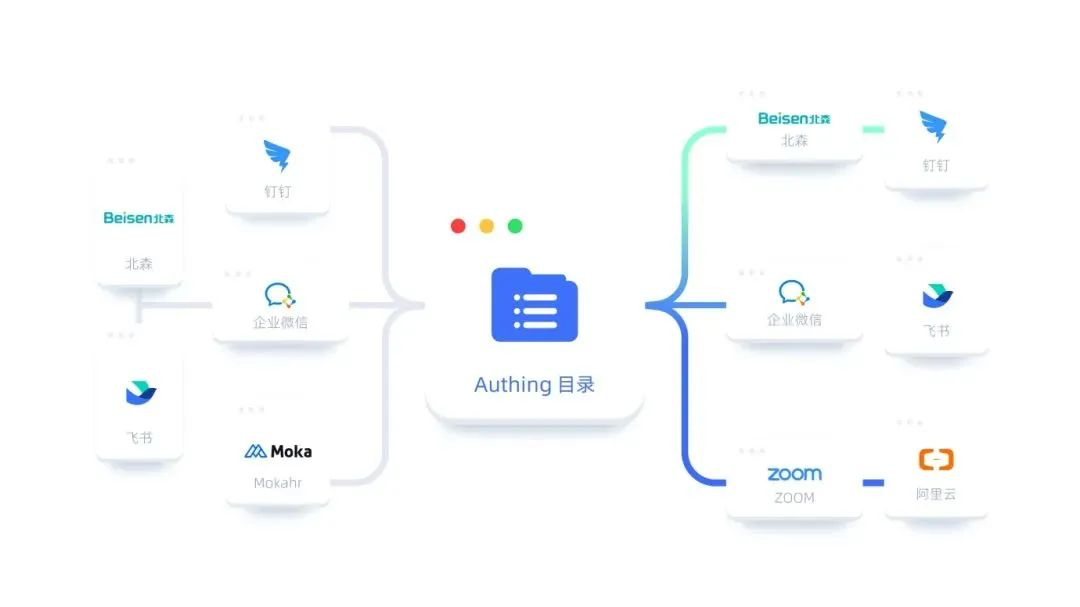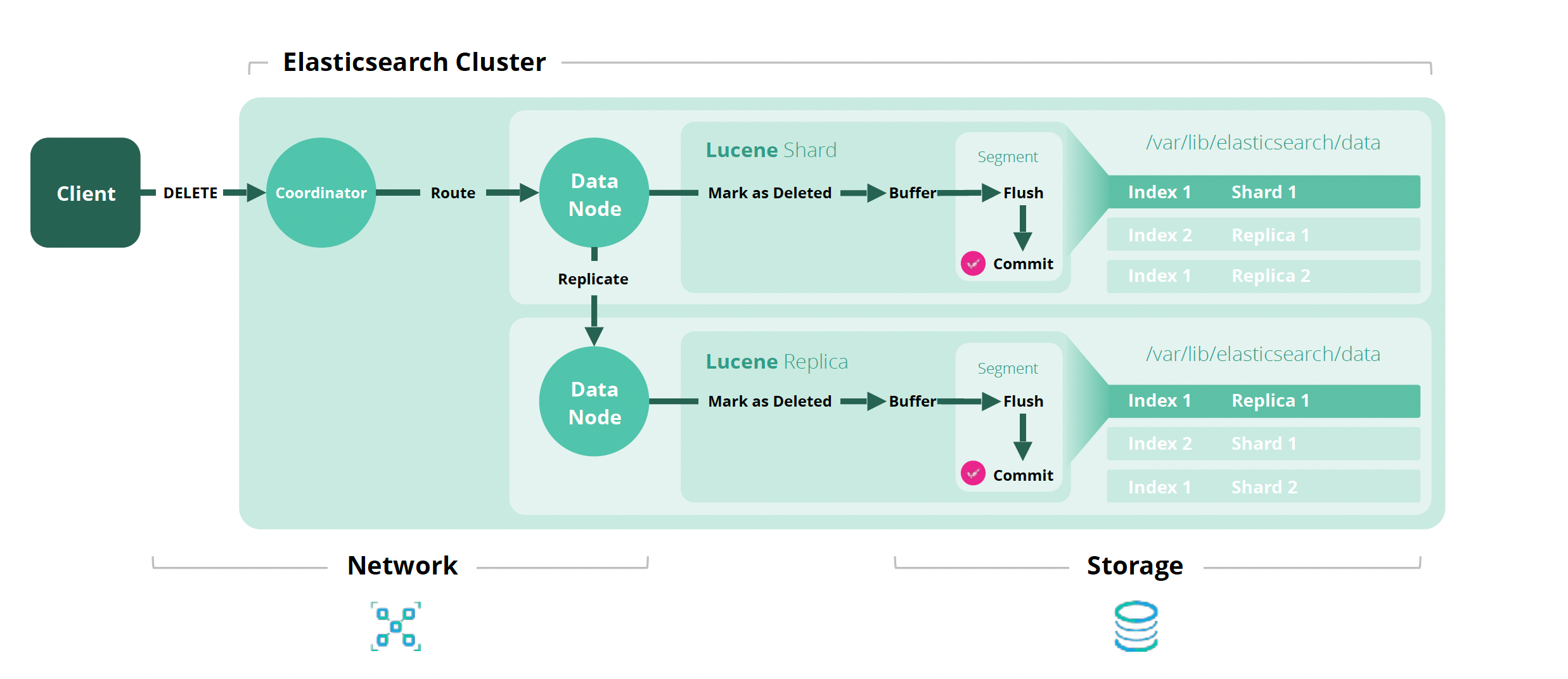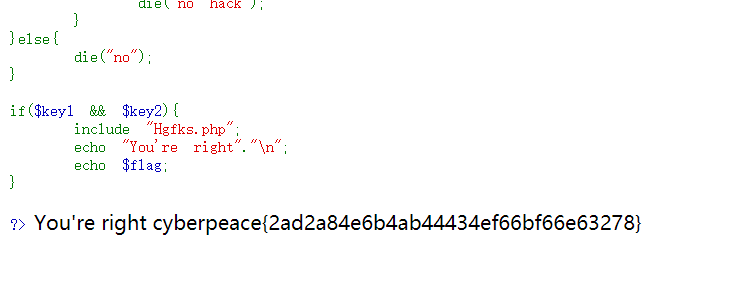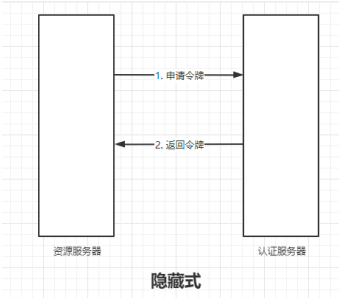跨域的定义
- 跨域是指不同域名之间的相互访问,这是由浏览器的同源策略决定的,是浏览器对JavaScript施加的安全措施,防止恶意文件破坏。
- 同源策略:同源策略是一种约定,它是浏览器最核心的也是最基本的安全策略,如果缺少了同源策略,则浏览器的正常功能可能会受到影响。所谓同源就是说协议 ,域名,端口号完全一致,有一个不一致就会造成跨域问题。
- **跨域原理:**跨域请求能正常发出去,服务端能接受到请求并正常返回结果,只是结果被拦截了。

跨域测试
新建项目demo-producer,用于接收和处理跨域请求。
@RestController
@RequestMapping("/testCors")
public class CorsOriginController {
//可以对方法运用该注解
//@CrossOrigin(origins = "http://127.0.0.1:8093")
@GetMapping("/getString")
public String getString() {
return "跨域成功!";
}
}
新建项目demo-consumer,用于发送跨域请求。在resources 文件夹里面的static 新建一个index.html。
<!DOCTYPE html>
<html lang="en">
<head>
<meta charset="UTF-8">
<title>Title</title>
<script src="https://cdn.bootcss.com/jquery/3.4.1/jquery.js"></script>
</head>
<body>
<div id="test"></div>
<input type="button" value="测试数据" onclick="getString()"/>
</body>
<script>
function getString() {
$.ajax({
url:'http://localhost:8092/testCors/getString',
type:'get',
data:{},
success:function (msg) {
$("#test").html(msg);
}
})
}
</script>
</html>
访问http://127.0.0.1:8093/,点击测试数据按钮,当页面展示跨域成功!,则代表跨域请求可以成功访问。
解决方案
添加CrossOrigin注解
//可以对方法运用该注解
@CrossOrigin(origins = "http://127.0.0.1:8093")
@GetMapping("/getString")
public String getString() {
return "跨域成功!";
}
CrossOrigin原理分析
AbstractHandlerMethodMapping.MappingRegistry#register,加载每个独立的handlerMapping的CorsConfiguration,存放到corsLookup。
public void register(T mapping, Object handler, Method method) {
this.readWriteLock.writeLock().lock();
try {
HandlerMethod handlerMethod = createHandlerMethod(handler, method);
validateMethodMapping(handlerMethod, mapping);
Set<String> directPaths = AbstractHandlerMethodMapping.this.getDirectPaths(mapping);
for (String path : directPaths) {
this.pathLookup.add(path, mapping);
}
String name = null;
if (getNamingStrategy() != null) {
name = getNamingStrategy().getName(handlerMethod, mapping);
addMappingName(name, handlerMethod);
}
CorsConfiguration corsConfig = initCorsConfiguration(handler, method, mapping);
if (corsConfig != null) {
corsConfig.validateAllowCredentials();
this.corsLookup.put(handlerMethod, corsConfig);
}
this.registry.put(mapping,
new MappingRegistration<>(mapping, handlerMethod, directPaths, name, corsConfig != null));
}
finally {
this.readWriteLock.writeLock().unlock();
}
}
RequestMappingHandlerMapping#initCorsConfiguration,处理类和方法上的注解。
@Override
protected CorsConfiguration initCorsConfiguration(Object handler, Method method, RequestMappingInfo mappingInfo) {
HandlerMethod handlerMethod = createHandlerMethod(handler, method);
Class<?> beanType = handlerMethod.getBeanType();
CrossOrigin typeAnnotation = AnnotatedElementUtils.findMergedAnnotation(beanType, CrossOrigin.class);
CrossOrigin methodAnnotation = AnnotatedElementUtils.findMergedAnnotation(method, CrossOrigin.class);
if (typeAnnotation == null && methodAnnotation == null) {
return null;
}
CorsConfiguration config = new CorsConfiguration();
updateCorsConfig(config, typeAnnotation);
updateCorsConfig(config, methodAnnotation);
if (CollectionUtils.isEmpty(config.getAllowedMethods())) {
for (RequestMethod allowedMethod : mappingInfo.getMethodsCondition().getMethods()) {
config.addAllowedMethod(allowedMethod.name());
}
}
return config.applyPermitDefaultValues();
}
AbstractHandlerMapping#getHandler,判断该请求经过的方法是否在corsLookup中可以获取到。
public final HandlerExecutionChain getHandler(HttpServletRequest request) throws Exception {
Object handler = getHandlerInternal(request);
if (handler == null) {
handler = getDefaultHandler();
}
if (handler == null) {
return null;
}
// Bean name or resolved handler?
if (handler instanceof String) {
String handlerName = (String) handler;
handler = obtainApplicationContext().getBean(handlerName);
}
// Ensure presence of cached lookupPath for interceptors and others
if (!ServletRequestPathUtils.hasCachedPath(request)) {
initLookupPath(request);
}
HandlerExecutionChain executionChain = getHandlerExecutionChain(handler, request);
if (logger.isTraceEnabled()) {
logger.trace("Mapped to " + handler);
}
else if (logger.isDebugEnabled() && !DispatcherType.ASYNC.equals(request.getDispatcherType())) {
logger.debug("Mapped to " + executionChain.getHandler());
}
if (hasCorsConfigurationSource(handler) || CorsUtils.isPreFlightRequest(request)) {
CorsConfiguration config = getCorsConfiguration(handler, request);
if (getCorsConfigurationSource() != null) {
CorsConfiguration globalConfig = getCorsConfigurationSource().getCorsConfiguration(request);
config = (globalConfig != null ? globalConfig.combine(config) : config);
}
if (config != null) {
config.validateAllowCredentials();
}
executionChain = getCorsHandlerExecutionChain(request, executionChain, config);
}
return executionChain;
}
AbstractHandlerMapping#getCorsHandlerExecutionChain,增加拦截器,CorsInterceptor。
protected HandlerExecutionChain getCorsHandlerExecutionChain(HttpServletRequest request,
HandlerExecutionChain chain, @Nullable CorsConfiguration config) {
if (CorsUtils.isPreFlightRequest(request)) {
HandlerInterceptor[] interceptors = chain.getInterceptors();
return new HandlerExecutionChain(new PreFlightHandler(config), interceptors);
}
else {
chain.addInterceptor(0, new CorsInterceptor(config));
return chain;
}
}
AbstractHandlerMapping.CorsInterceptor#preHandle,拦截请求。
public boolean preHandle(HttpServletRequest request, HttpServletResponse response, Object handler)
throws Exception {
// Consistent with CorsFilter, ignore ASYNC dispatches
WebAsyncManager asyncManager = WebAsyncUtils.getAsyncManager(request);
if (asyncManager.hasConcurrentResult()) {
return true;
}
return corsProcessor.processRequest(this.config, request, response);
}
DefaultCorsProcessor#processRequest,核心的拦截逻辑,在response里面添加一系列的请求头。
public boolean processRequest(@Nullable CorsConfiguration config, HttpServletRequest request, HttpServletResponse response) throws IOException {
Collection<String> varyHeaders = response.getHeaders("Vary");
if (!varyHeaders.contains("Origin")) {
response.addHeader("Vary", "Origin");
}
if (!varyHeaders.contains("Access-Control-Request-Method")) {
response.addHeader("Vary", "Access-Control-Request-Method");
}
if (!varyHeaders.contains("Access-Control-Request-Headers")) {
response.addHeader("Vary", "Access-Control-Request-Headers");
}
if (!CorsUtils.isCorsRequest(request)) {
return true;
} else if (response.getHeader("Access-Control-Allow-Origin") != null) {
logger.trace("Skip: response already contains \"Access-Control-Allow-Origin\"");
return true;
} else {
boolean preFlightRequest = CorsUtils.isPreFlightRequest(request);
if (config == null) {
if (preFlightRequest) {
this.rejectRequest(new ServletServerHttpResponse(response));
return false;
} else {
return true;
}
} else {
return this.handleInternal(new ServletServerHttpRequest(request), new ServletServerHttpResponse(response), config, preFlightRequest);
}
}
}
protected boolean handleInternal(ServerHttpRequest request, ServerHttpResponse response, CorsConfiguration config, boolean preFlightRequest) throws IOException {
String requestOrigin = request.getHeaders().getOrigin();
String allowOrigin = this.checkOrigin(config, requestOrigin);
HttpHeaders responseHeaders = response.getHeaders();
if (allowOrigin == null) {
logger.debug("Reject: '" + requestOrigin + "' origin is not allowed");
this.rejectRequest(response);
return false;
} else {
HttpMethod requestMethod = this.getMethodToUse(request, preFlightRequest);
List<HttpMethod> allowMethods = this.checkMethods(config, requestMethod);
if (allowMethods == null) {
logger.debug("Reject: HTTP '" + requestMethod + "' is not allowed");
this.rejectRequest(response);
return false;
} else {
List<String> requestHeaders = this.getHeadersToUse(request, preFlightRequest);
List<String> allowHeaders = this.checkHeaders(config, requestHeaders);
if (preFlightRequest && allowHeaders == null) {
logger.debug("Reject: headers '" + requestHeaders + "' are not allowed");
this.rejectRequest(response);
return false;
} else {
responseHeaders.setAccessControlAllowOrigin(allowOrigin);
if (preFlightRequest) {
responseHeaders.setAccessControlAllowMethods(allowMethods);
}
if (preFlightRequest && !allowHeaders.isEmpty()) {
responseHeaders.setAccessControlAllowHeaders(allowHeaders);
}
if (!CollectionUtils.isEmpty(config.getExposedHeaders())) {
responseHeaders.setAccessControlExposeHeaders(config.getExposedHeaders());
}
if (Boolean.TRUE.equals(config.getAllowCredentials())) {
responseHeaders.setAccessControlAllowCredentials(true);
}
if (preFlightRequest && config.getMaxAge() != null) {
responseHeaders.setAccessControlMaxAge(config.getMaxAge());
}
response.flush();
return true;
}
}
}
}
实现WebMvcConfigurer
/**
* @author 全栈学习笔记
* @date 2020/4/21 12:04
* @description
*/
public class MyWebMvcConfig implements WebMvcConfigurer {
@Override
public void addCorsMappings(CorsRegistry registry) {
registry.addMapping("/testCross/**")
.allowedHeaders("*")
.allowedMethods("*")
.allowCredentials(true)
.allowedOrigins("http://localhost:8093")
.maxAge(2000);
}
}
过滤器配置
@Configuration
public class Filter {
@Bean
public FilterRegistrationBean corsFilter() {
UrlBasedCorsConfigurationSource source = new UrlBasedCorsConfigurationSource();
CorsConfiguration config = new CorsConfiguration();
config.setAllowCredentials(true);
config.addAllowedOrigin("http://localhost:8093");//*表示允许所有
config.addAllowedHeader("*");
config.addAllowedMethod("*");
source.registerCorsConfiguration("/**", config); // CORS 配置对所有接口都有效
FilterRegistrationBean bean = new FilterRegistrationBean(new CorsFilter(source));
bean.setOrder(0);
return bean;
}
}
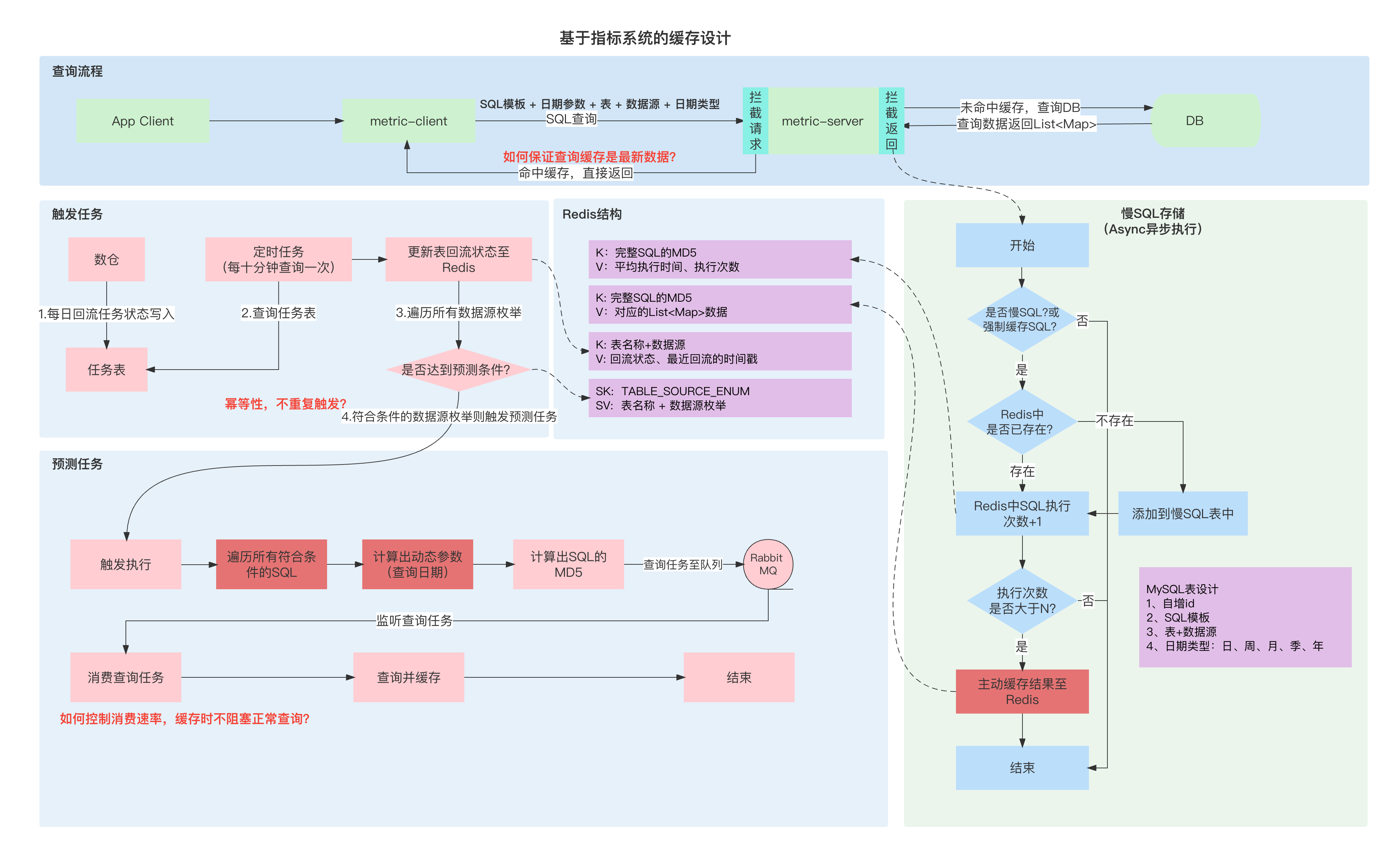
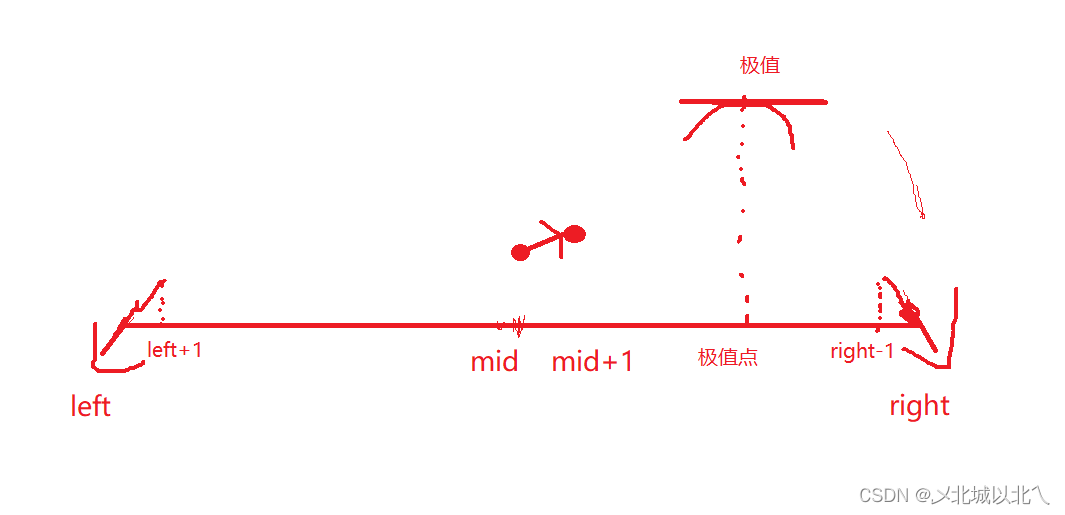
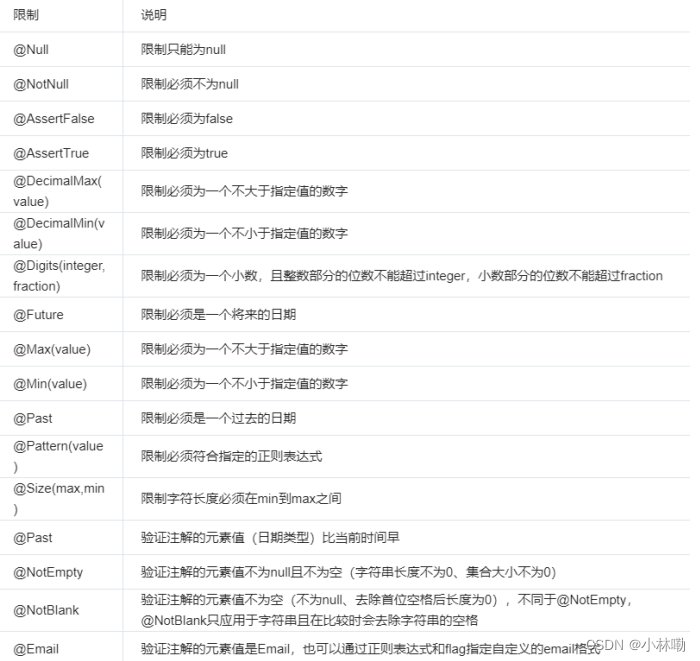

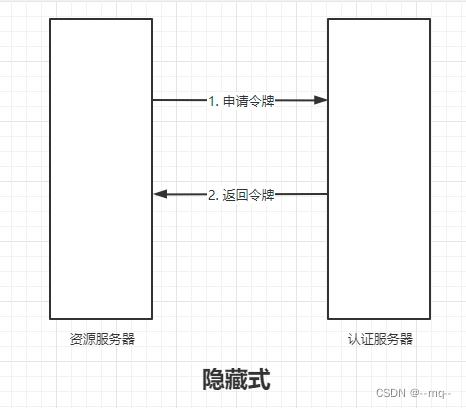
![[NRF52] mesh DFU](https://img-blog.csdnimg.cn/89b82b0fad3a4c948cb43c68737ac313.png)


